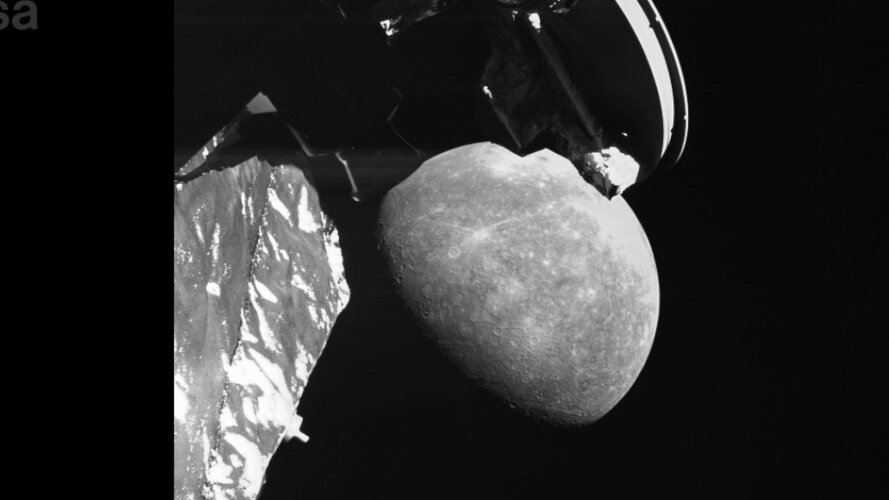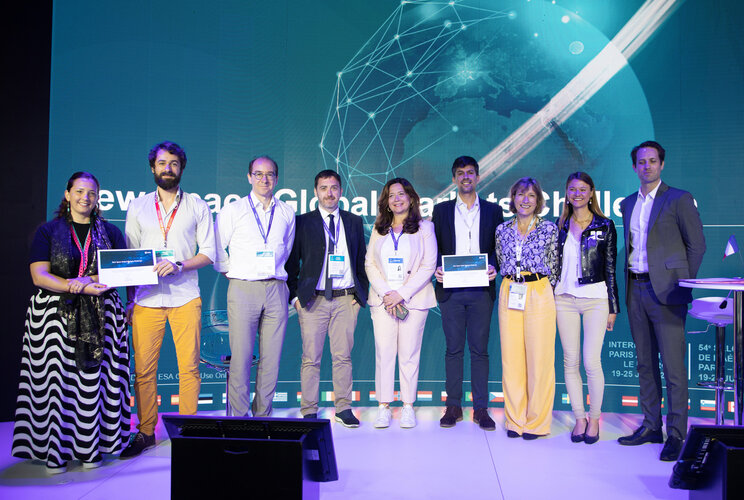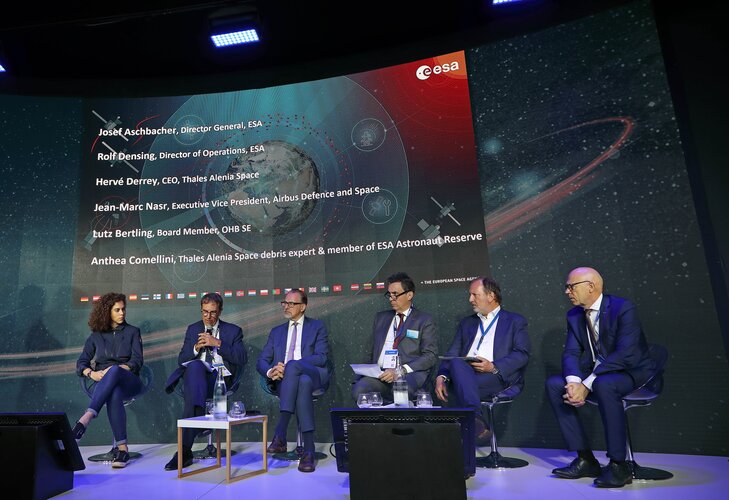
Copernical Team
Seven US companies collaborate with NASA to advance space capabilities
 NASA will partner with seven U.S. companies to meet future commercial and government needs, ultimately benefitting human spaceflight and the U.S. commercial low Earth orbit economy.
Through unfunded Space Act Agreements, the second Collaborations for Commercial Space Capabilities-2 initiative (CCSC-2) is designed to advance commercial space-related efforts through NASA contributions of tec
NASA will partner with seven U.S. companies to meet future commercial and government needs, ultimately benefitting human spaceflight and the U.S. commercial low Earth orbit economy.
Through unfunded Space Act Agreements, the second Collaborations for Commercial Space Capabilities-2 initiative (CCSC-2) is designed to advance commercial space-related efforts through NASA contributions of tec An amino acid essential for life is found in interstellar space
 Tryptophan is one of the 20 amino acids considered essential for the formation of proteins, which are key macromolecules for the development of life on Earth. This amino acid has many spectral features in the infrared, as had been previously characterized by Susana Iglesias Groth, an IAC researcher.
Using data from the Spitzer Space Observatory she identifies more than 10 emission bands of
Tryptophan is one of the 20 amino acids considered essential for the formation of proteins, which are key macromolecules for the development of life on Earth. This amino acid has many spectral features in the infrared, as had been previously characterized by Susana Iglesias Groth, an IAC researcher.
Using data from the Spitzer Space Observatory she identifies more than 10 emission bands of Space exploration company brings high-tech laser lab to the ocean floor
 On Friday, May 19, 2023, Impossible Sensing, along with a team of scientists and engineers from SETI Institute, NASA JPL, University of Washington's Applied Physics Laboratory and other institutions onboard Ocean Exploration Trust's Exploration Vessel Nautilus expedition, successfully launched InVADER Mission's Laser Divebot into the deep waters surrounding Kingman Reef and Palmyra Atoll. This e
On Friday, May 19, 2023, Impossible Sensing, along with a team of scientists and engineers from SETI Institute, NASA JPL, University of Washington's Applied Physics Laboratory and other institutions onboard Ocean Exploration Trust's Exploration Vessel Nautilus expedition, successfully launched InVADER Mission's Laser Divebot into the deep waters surrounding Kingman Reef and Palmyra Atoll. This e SpaceLogistics continues satellite life-extension work with latest sale
 Northrop Grumman Corporation's (NYSE: NOC) SpaceLogistics has sold its third Mission Extension Pod (MEP), a propulsion "jet pack" that extends the life of legacy satellites, allowing them to operate longer and more profitably.
Under a purchase agreement with Intelsat, SpaceLogistics' Mission Robotic Vehicle (MRV), a servicing spacecraft equipped with robotic arms, will install the jet pack
Northrop Grumman Corporation's (NYSE: NOC) SpaceLogistics has sold its third Mission Extension Pod (MEP), a propulsion "jet pack" that extends the life of legacy satellites, allowing them to operate longer and more profitably.
Under a purchase agreement with Intelsat, SpaceLogistics' Mission Robotic Vehicle (MRV), a servicing spacecraft equipped with robotic arms, will install the jet pack Top Secret NRO Spy Satellite launched on ULA's Delta IV Heavy Penultimate Flight
 An issue with a ground systems pneumatic valve caused a one-day delay of ULA's first launch of 2023; the launch was originally scheduled for June 21.
United Launch Alliance's (ULA) second-to-last flight of its Delta IV Heavy rocket lit the Florida Space Coast sky on the NROL-68 mission to haul a classified payload for the U.S. government's spy satellite agency, the National Reconnaissance
An issue with a ground systems pneumatic valve caused a one-day delay of ULA's first launch of 2023; the launch was originally scheduled for June 21.
United Launch Alliance's (ULA) second-to-last flight of its Delta IV Heavy rocket lit the Florida Space Coast sky on the NROL-68 mission to haul a classified payload for the U.S. government's spy satellite agency, the National Reconnaissance BepiColombo’s third Mercury flyby: the movie

Watch Mercury appear from the shadows as the ESA/JAXA BepiColombo spacecraft sped by the planet’s night side during its 19 June 2023 close flyby, and enjoy a special flyover of geologically rich terrain, along with a bonus 3D scene.
Ambassador Andreas for WILD Nature Foundation
 Image:
Ambassador Andreas for WILD Nature Foundation
Image:
Ambassador Andreas for WILD Nature Foundation Paris Air Show 2023 in pictures – Day 4

Photo highlights from day 4 of the Paris Air Show 2023. Main focus of the day is on Applications, Earth Observation and Space Safety. The 54th edition of the Paris Air Show opened its doors on Monday and will continue till the 25 June.
ESA is taking part with an exhibition in the Space Pavilion alongside with CNES, the French National Space Agency. Throughout the week, the pavilion will host presentations, events and temporary exhibitions from both agencies, while several events will be held in the ESA/CNES shared area.
Click the link here to view
The Zero Debris Charter
 Image:
The Zero Debris Charter
Image:
The Zero Debris Charter AST SpaceMobile confirms 4G capabilities to everyday smartphones directly from space
 AST SpaceMobile (NASDAQ: ASTS), the company building the first and only space-based cellular broadband network accessible directly by standard mobile phones, announced it has achieved repeated successful download speeds above 10 Mbps during testing of BlueWalker 3. Space-based cellular communications at 4G speeds using unmodified smartphones is another world first telecommunications achievement
AST SpaceMobile (NASDAQ: ASTS), the company building the first and only space-based cellular broadband network accessible directly by standard mobile phones, announced it has achieved repeated successful download speeds above 10 Mbps during testing of BlueWalker 3. Space-based cellular communications at 4G speeds using unmodified smartphones is another world first telecommunications achievement 
